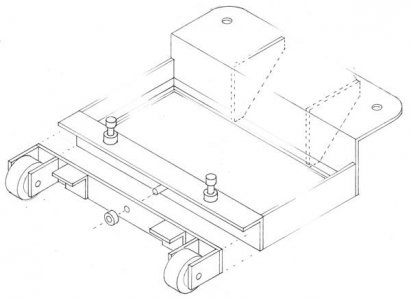- Joined
- Jan 2, 2014
- Messages
- 8,852
Hi Franko,
One more thought.....the last time I had a horrible time welding was just after I moved my Lincoln 180 for some remote welding. All I could make was a mess! I gave up on that project temporarily, and when I moved back to the shop I found a little plastic washer on the floor and immediately recognized it as the one that goes between the flow meter and the shield gas tank!
I had almost written it off to a shield gas issue due to wind.
I still cannot believe that Lincoln did not use a captive washer/seal at that gas joint.
Since then I've been fanatical about keeping track of that washer.
I really need to find/make a captive replacement.
-brino
One more thought.....the last time I had a horrible time welding was just after I moved my Lincoln 180 for some remote welding. All I could make was a mess! I gave up on that project temporarily, and when I moved back to the shop I found a little plastic washer on the floor and immediately recognized it as the one that goes between the flow meter and the shield gas tank!
I had almost written it off to a shield gas issue due to wind.
I still cannot believe that Lincoln did not use a captive washer/seal at that gas joint.
Since then I've been fanatical about keeping track of that washer.
I really need to find/make a captive replacement.
-brino
Last edited:


